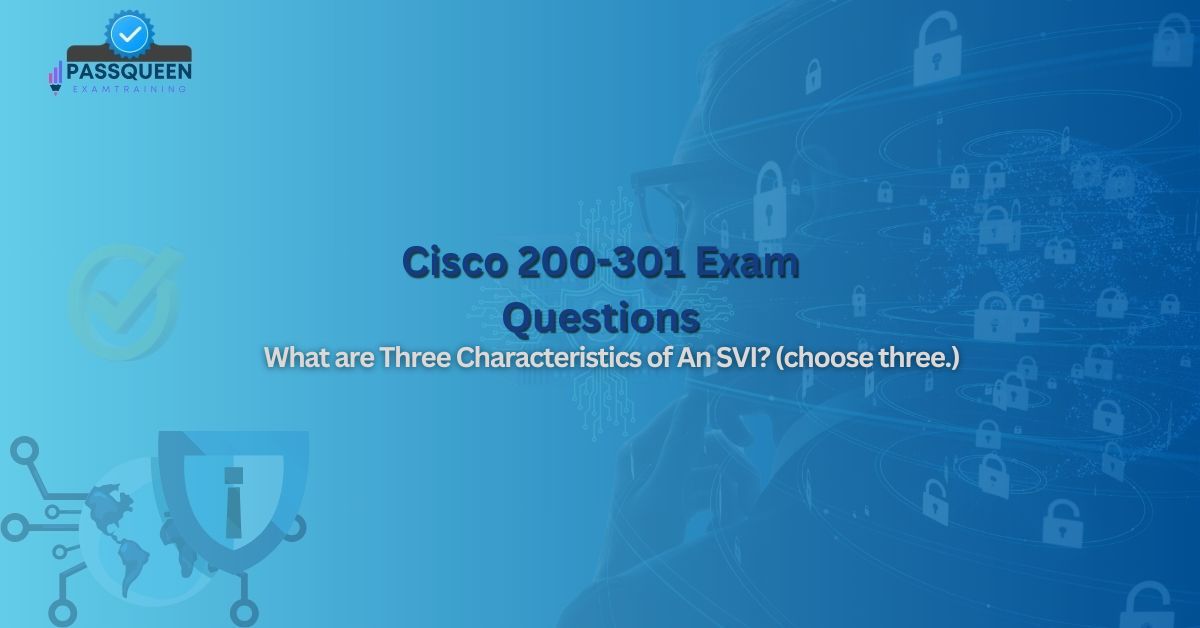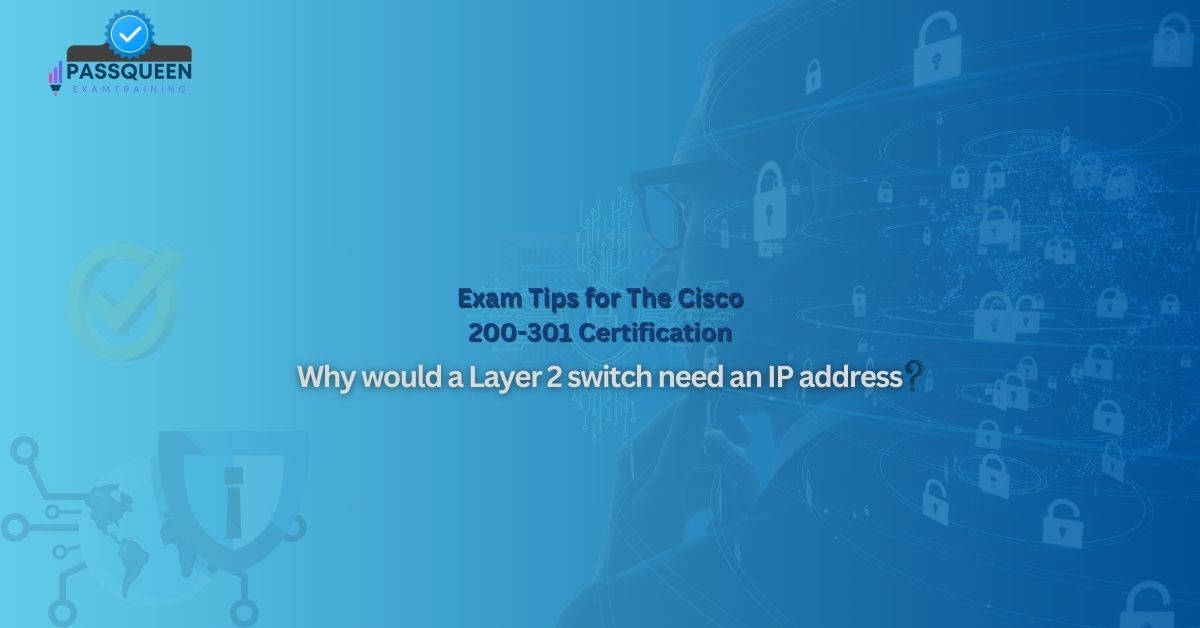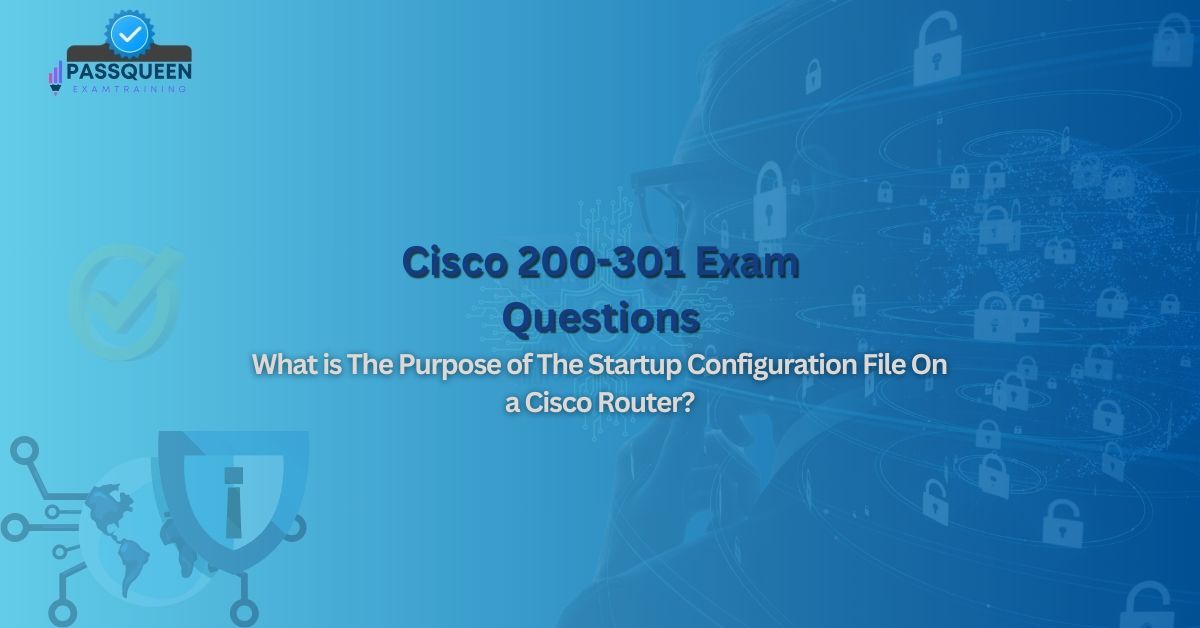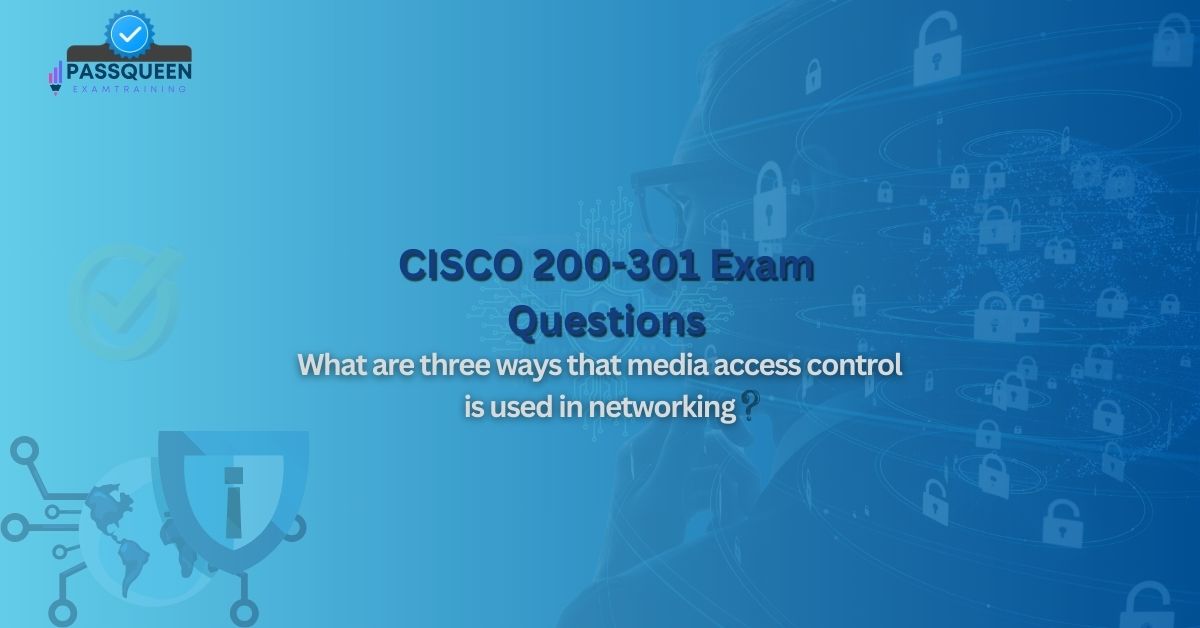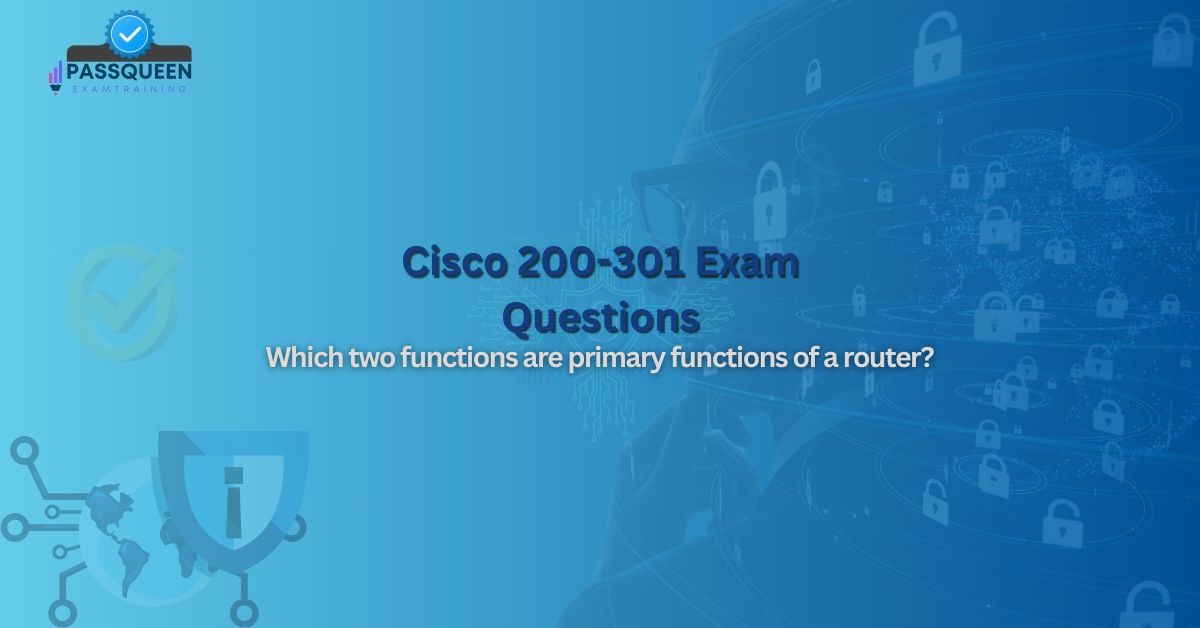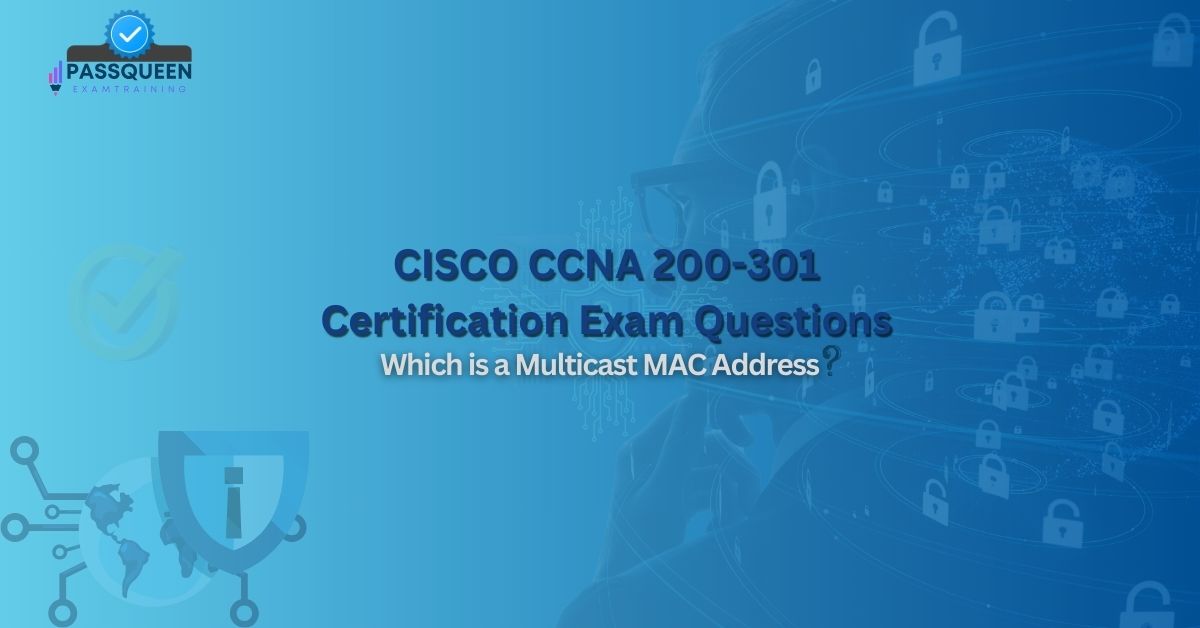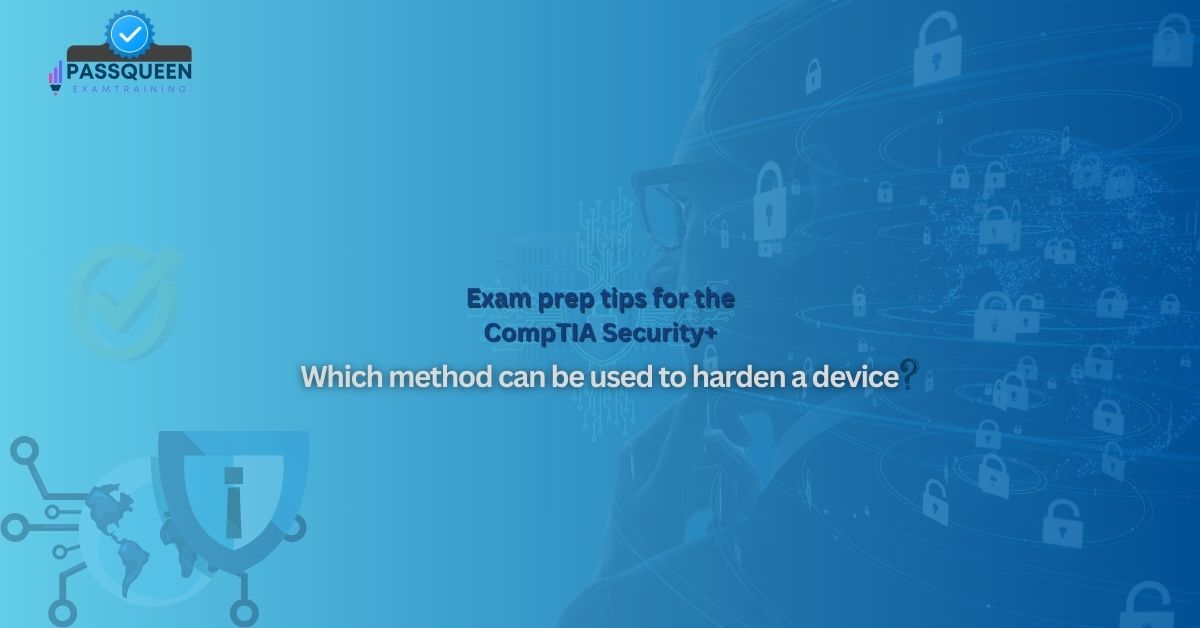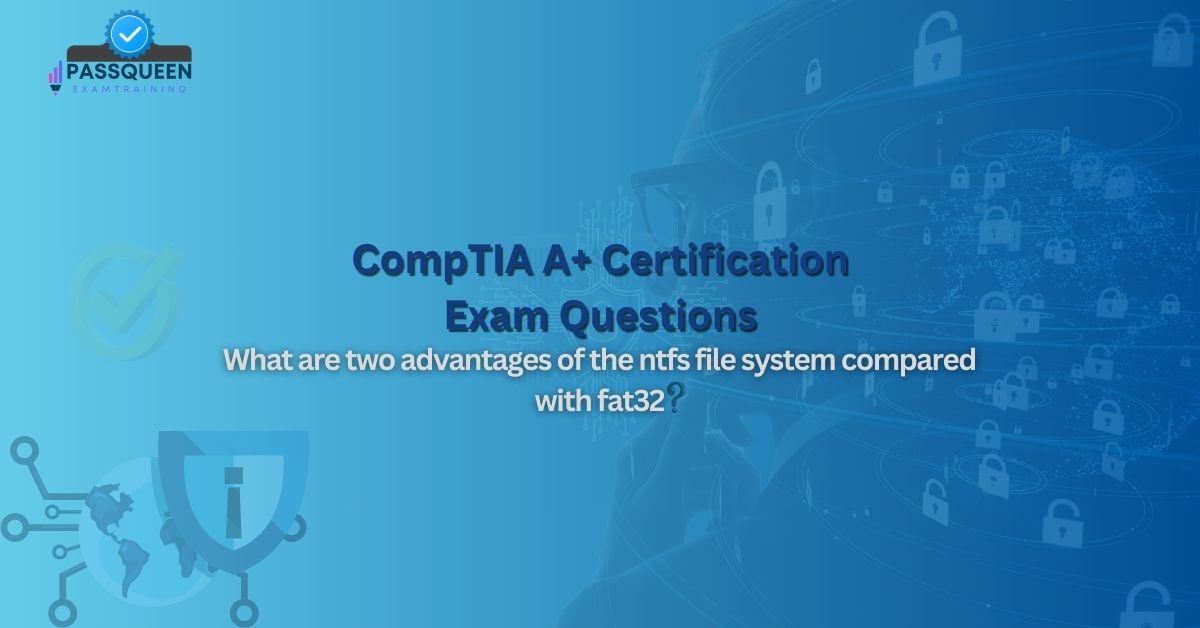Introduction: The Power of SVIs in Modern Networking
Imagine a network where every VLAN needs its own physical router port—chaotic, expensive, and inefficient. Thankfully, Switch Virtual Interfaces (SVIs) eliminate this nightmare by enabling Layer 3 switching directly on a multilayer switch.
For Cisco CCNA 200-301 candidates, understanding SVIs is non-negotiable. They are crucial for inter-VLAN routing, network segmentation, and efficient traffic management. At PassQueen, we simplify complex Cisco 200-301 Exam Questions for networking concepts to help you ace your exam and excel in real-world networking.
This guide will cover:
✔ What SVIs are and why they matter
✔ Three key characteristics of SVIs
✔ How they differ from routed ports
✔ Exam tips to master SVIs for CCNA 200-301
Let’s dive in!
Why Are SVIs Important in Network Switching?
Before SVIs, networks relied on router-on-a-stick, where a physical router handled inter-VLAN routing. This method was slow and bandwidth-limited because all traffic had to pass through a single router interface.
SVIs revolutionized networking by:
- Enabling Layer 3 switching (routing between VLANs without a physical router)
- Reducing latency (faster than router-on-a-stick)
- Simplifying network design (no need for extra hardware)
For the CCNA 200-301 exam, SVIs are a core topic in VLAN and Layer 3 switching configurations.
What Is a Switch Virtual Interface (SVI)?
An SVI is a virtual interface on a multilayer switch that provides routing functionality for a VLAN. Instead of using a physical router, the switch itself routes traffic between VLANs.
Key Uses of SVIs
- Inter-VLAN Routing – Allows communication between different VLANs
- Remote Switch Management – Enables SSH, Telnet, or HTTP access to the switch via an IP address.
- Default Gateway for VLANs – Acts as the gateway for hosts in a VLAN.
Example Configuration
Switch(config)# vlan 10
Switch(config-vlan)# name Engineering
Switch(config)# interface vlan 10
Switch(config-if)# ip address 192.168.10.1 255.255.255.0
Switch(config-if)# no shutdown
Three Key Characteristics of an SVI
1. Virtual, Not Physical
· SVIs do not exist as hardware interfaces—they are software-based.
· Created using the interface vlan [ID] command.
2. Requires an Active VLAN to Function
· The VLAN must exist in the VLAN database.
· If all ports in the VLAN are removed, the SVI goes down.
3. Enables Layer 3 Routing
· Allows a multilayer switch to route traffic between VLANs.
· Must have an IP address assigned to function as a gateway.
Bonus: Additional SVI Features
✔ Supports Routing Protocols (OSPF, EIGRP)
✔ Can Be Secured with ACLs (Access Control Lists)
✔ Used for Switch Management (SSH, SNMP, HTTP)
SVI vs. Routed Ports: What’s the Difference?
|
Feature |
SVI |
Routed Port |
|
Type |
Virtual Interface |
Physical Interface |
|
Purpose |
Routes between VLANs |
Connects to another router/switch |
|
Configuration |
|
|
|
Used For |
Inter-VLAN routing |
Point-to-point links |
When to Use Which?
· Use SVIs for inter-VLAN routing.
· Use Routed Ports for connecting to external routers.
Exam Tips for Cisco CCNA 200-301
1. Know the SVI Configuration Commands
· interface vlan [ID] – Creates the SVI.
· ip address [IP] [Subnet] – Assigns an IP.
· no shutdown – Activates the interface.
2. Understand When an SVI Goes Down
· If no active ports are in the VLAN, the SVI shuts down.
3. Memorize Key Differences Between SVIs & Routed Ports
· SVIs are virtual, while routed ports are physical.
· SVIs route between VLANs, while routed ports connect to other Layer 3 devices.
Why SVIs Matter for the Exam & Real-World Networking
1. Critical for VLAN and Layer 3 Switching Configurations
· Inter-VLAN routing is a must-know topic for CCNA.
· SVIs eliminate the need for a physical router, improving efficiency.
2. Frequently Tested in the CCNA 200-301 Exam
Expect questions on:
✔ SVI configuration
✔ Troubleshooting SVI status
✔ Comparing SVIs with routed ports
Final Thoughts
SVIs are a game-changer in networking, enabling efficient inter-VLAN routing without extra hardware. For CCNA 200-301 Certification, mastering SVIs is essential—they appear in configuration, troubleshooting, and comparison questions.
At PassQueen, we help you simplify complex topics and ace your certification exams. Ready to test your knowledge?
Sample Questions for Cisco CCNA 200-301 Exam
What are three characteristics of an SVI? (Choose three.)
A) It is a physical interface
B) It requires an active VLAN to function
C) It enables Layer 3 routing
D) It is configured using no switchport
E) It is a virtual interface
Correct Answers:
B) It requires an active VLAN to function
C) It enables Layer 3 routing
E) It is a virtual interface
Explanation:
SVIs are virtual interfaces (not physical) that require an active VLAN and enable Layer 3 routing. The no switchport command is used for routed ports, not SVIs.

